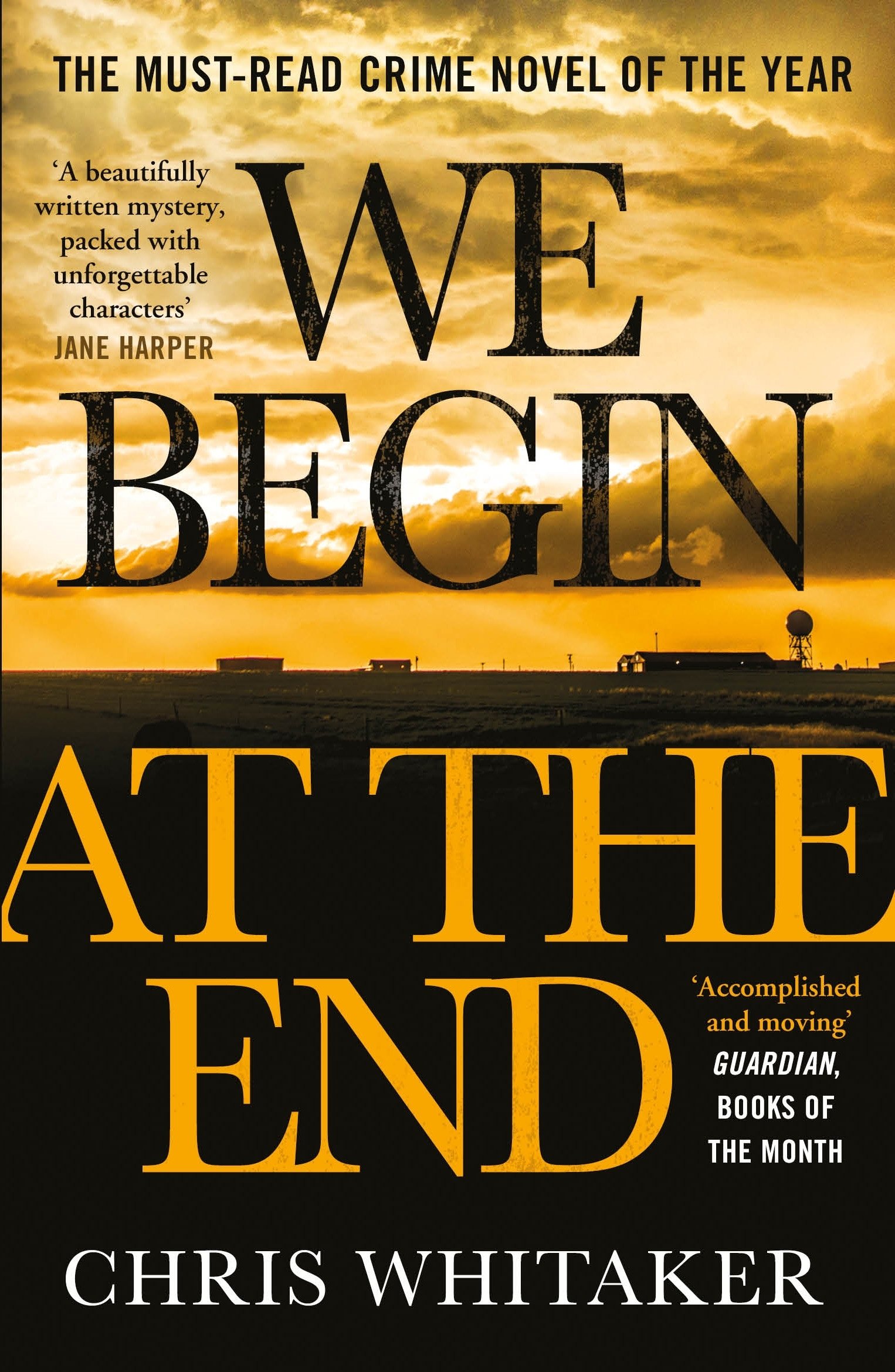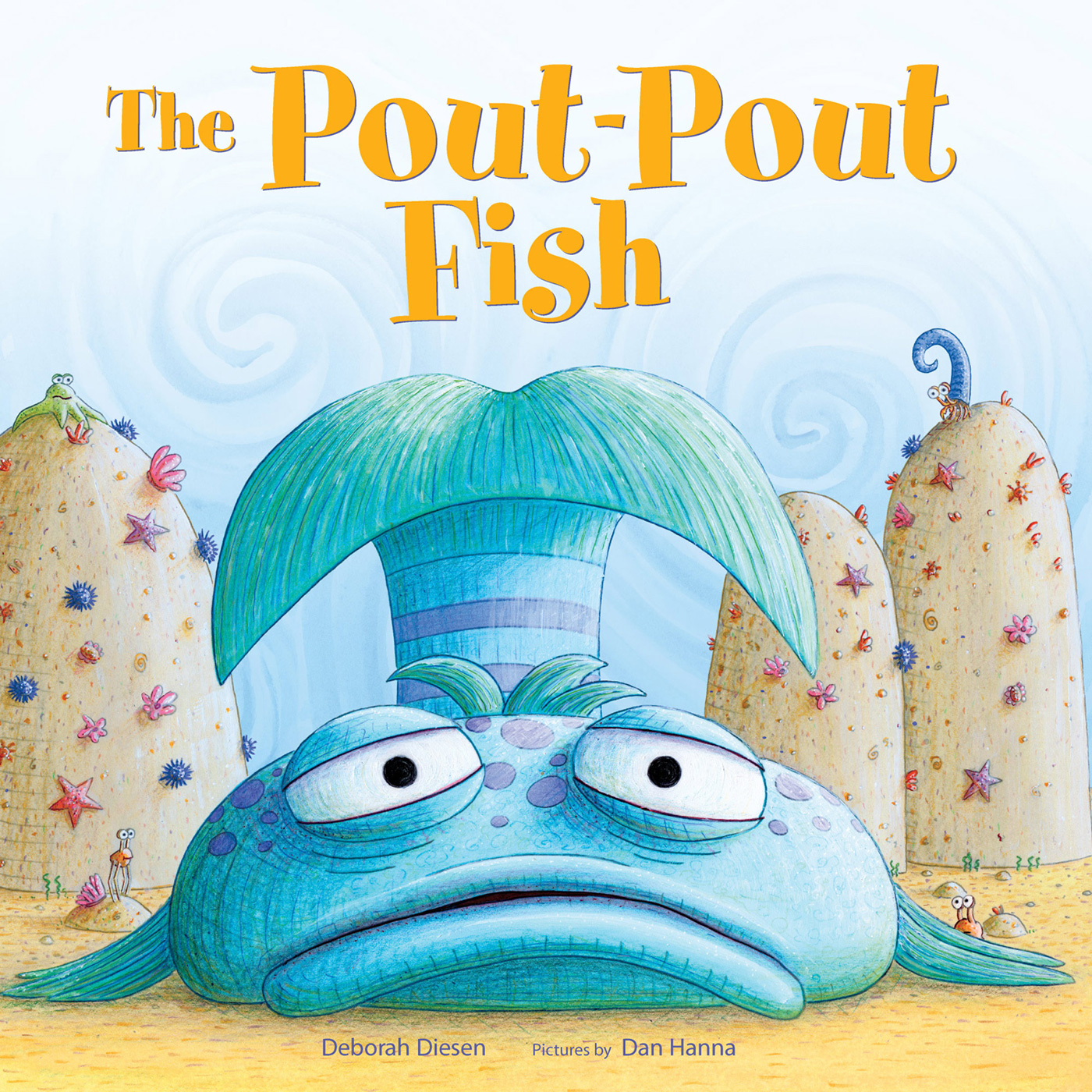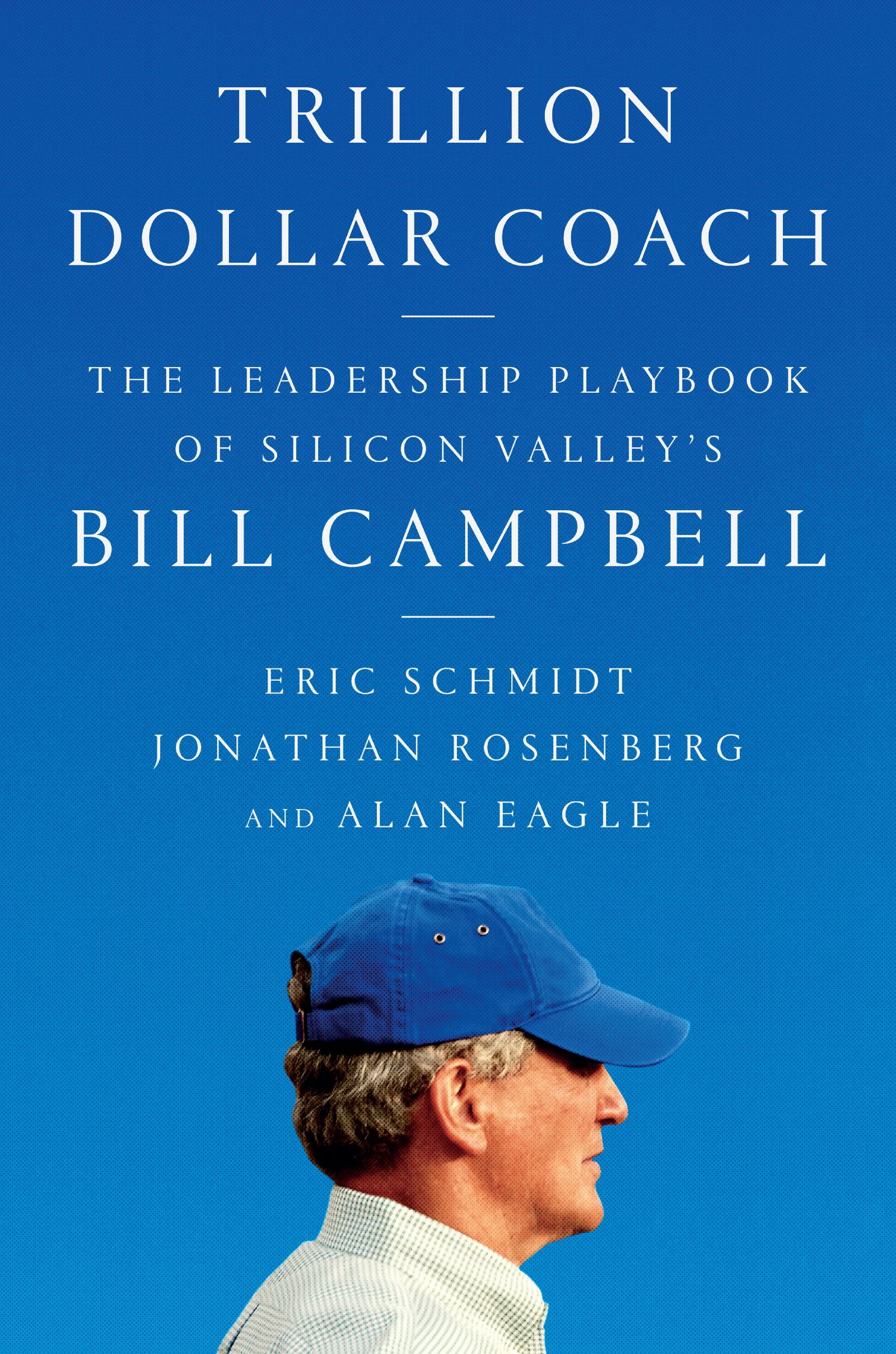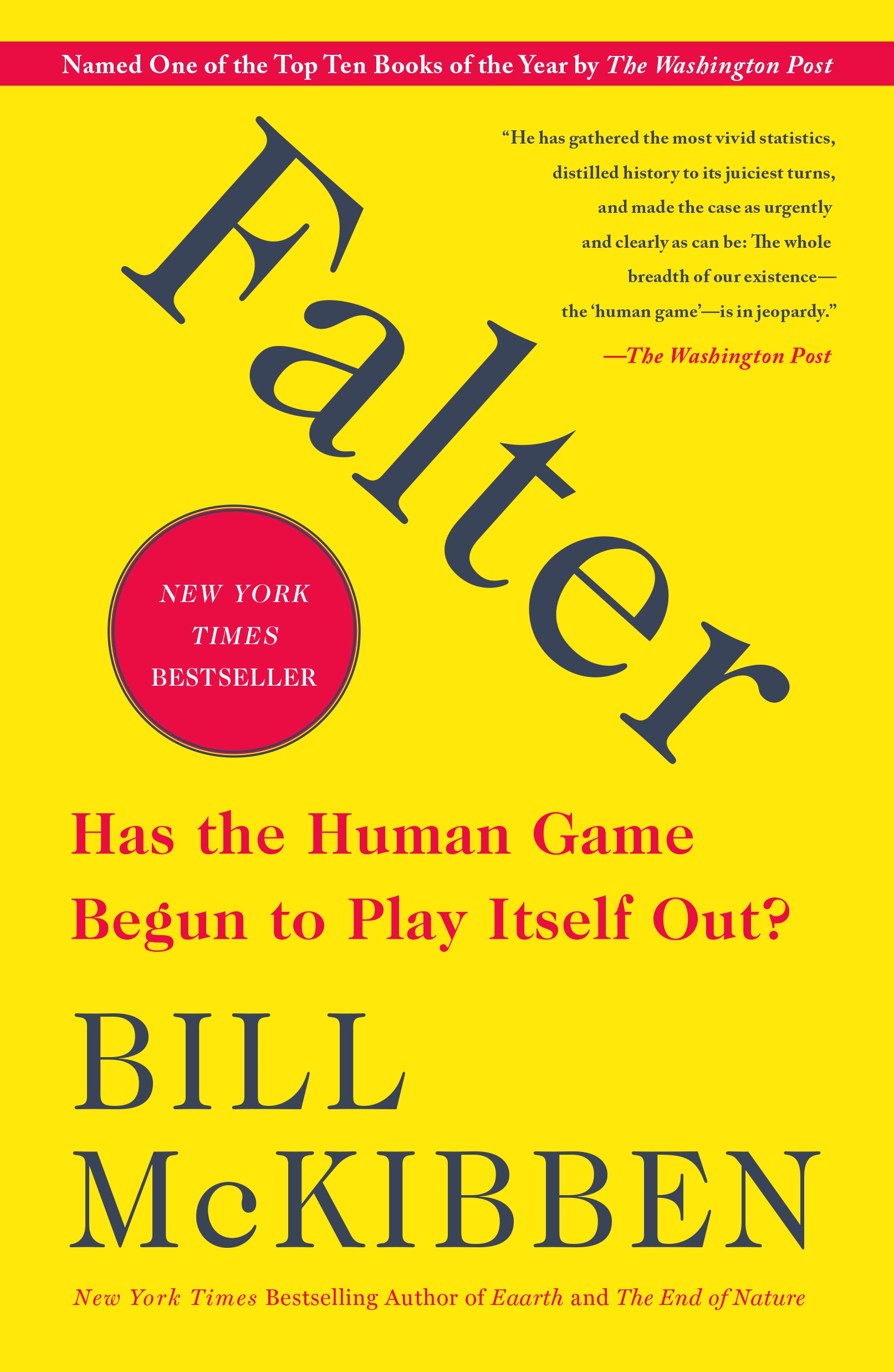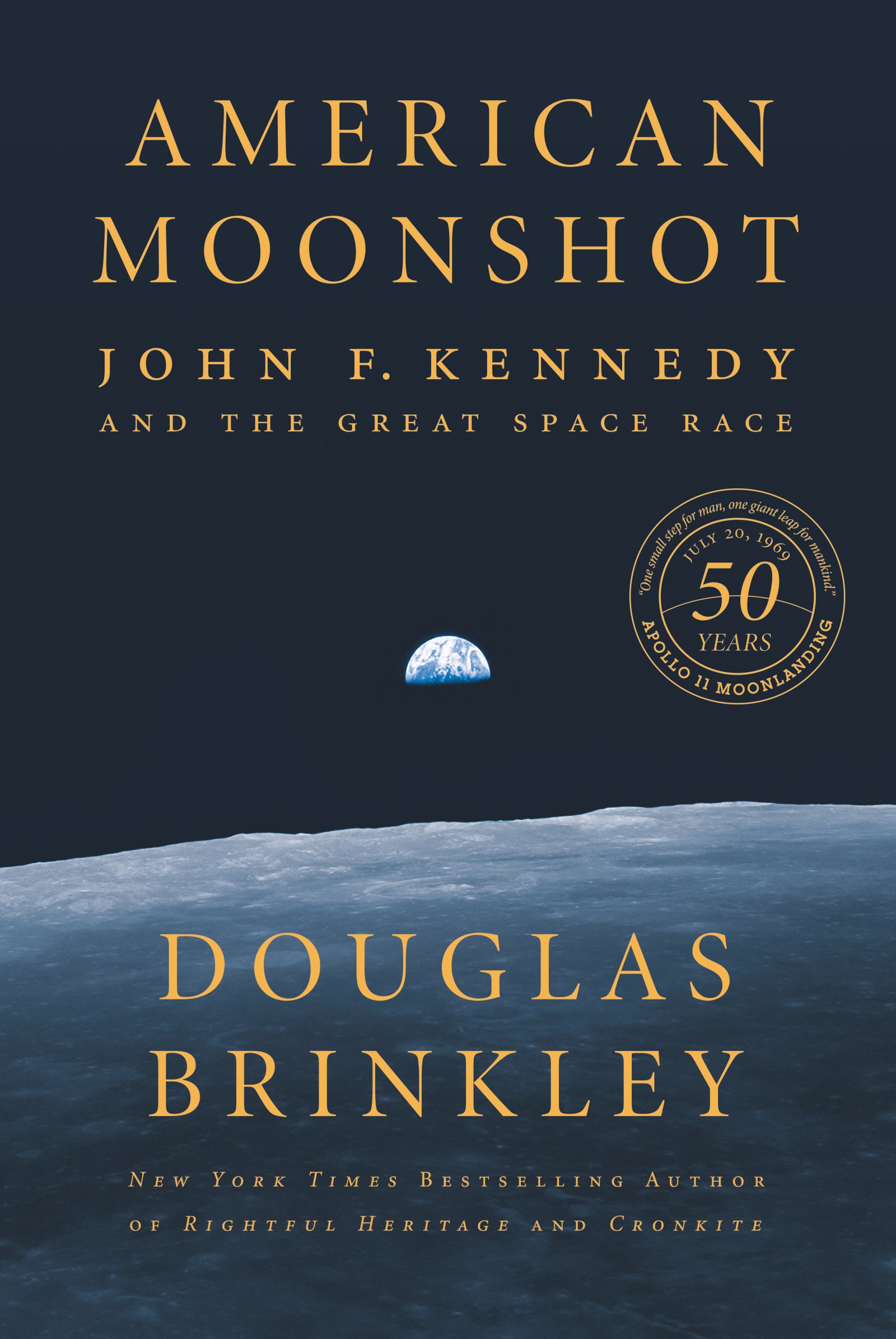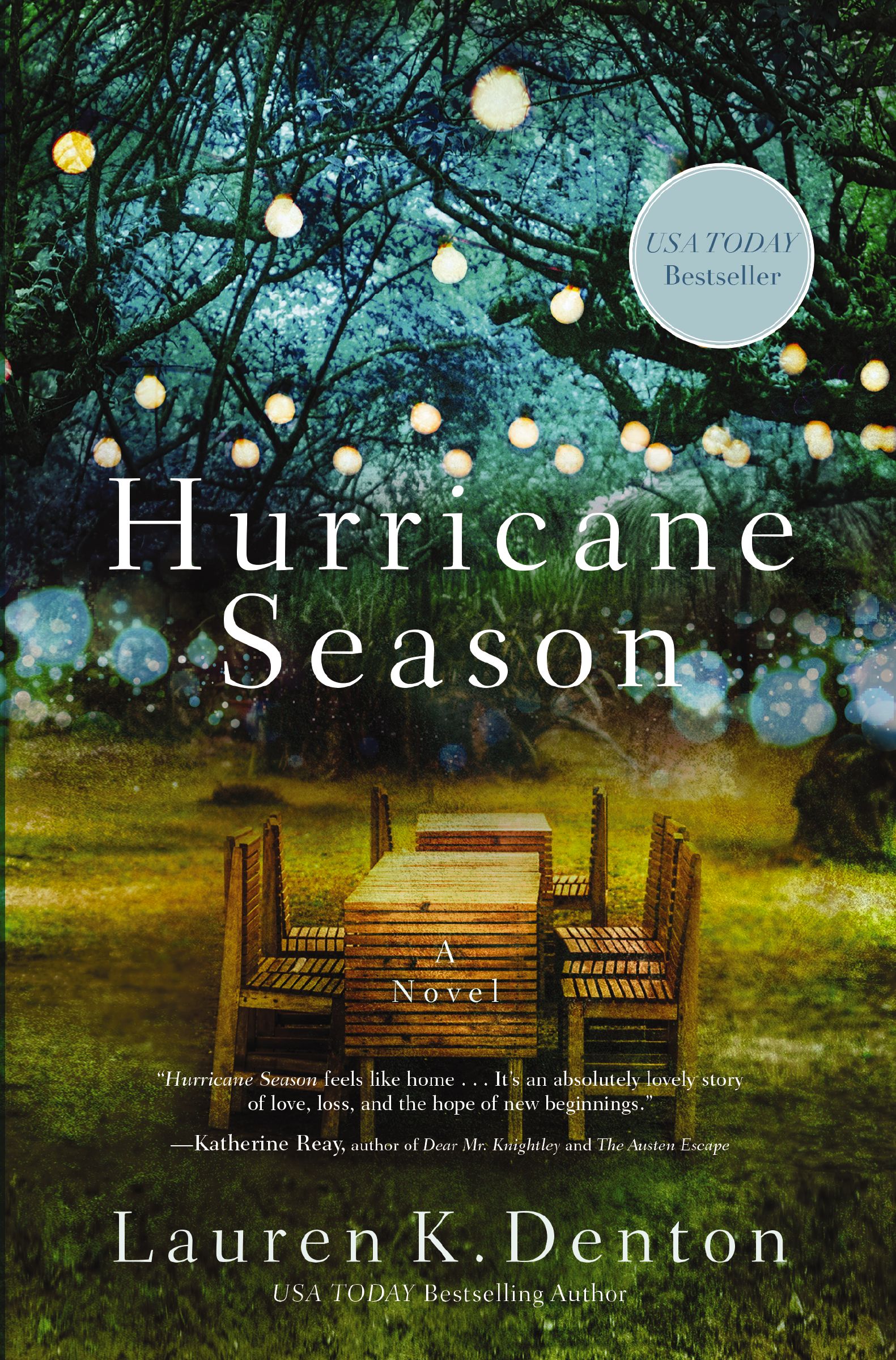Viking Pirates and Christian Princes: Dynasty, Religion, and Empire in the North Atlantic
by Benjamin Hudson
2021-07-20 19:05:27
Viking Pirates and Christian Princes: Dynasty, Religion, and Empire in the North Atlantic
by Benjamin Hudson
2021-07-20 19:05:27
In popular imagination, the Vikings are remembered as fierce warrior seamen who campaigned through Western Europe, terrorizing British, Frankish, and Irish societies. Yet is it possible that the great Viking armies left more in their wake than carna...
Read more
In popular imagination, the Vikings are remembered as fierce warrior seamen who campaigned through Western Europe, terrorizing British, Frankish, and Irish societies. Yet is it possible that the great Viking armies left more in their wake than carnage and destruction? The stories of twofamilies-the Olafssons, who transformed a pirate camp in Ireland into the kingdom of Dublin, and the Haraldssons, whose rule encompassed Hebrides, Galloway, and the Isle of Man-suggest that the Vikings did indeed leave behind a much greater legacy.Between the tenth and twelfth centuries, these two Viking families, descendants of men whom earlier chroniclers dismissed as pagan pirates, established themselves as Christian rulers whose domain straddled the Scandinavian and Celtic worlds. The Olafssons and Haraldssons carved out empires thatinspired fear and made their families fabulously wealthy. From their ranks came the settlers who gave name to the Danelaw in Britain, Fingal in Ireland, and Normandy in Francia. Celebrated in Icelandic sagas and poems, Irish tales, and French history, the Olafssons and Haraldssons took part in thelast successful Scandinavian invasion of Britain and the overthrow of the last Old English kingdom, even as they allied with, fought against, and married their Irish neighbors.Though the families had come to these lands as conquerors, they soon learned the importance of cooperating with those they had vanquished. Even as they worshipped pagan gods, the Olafssons and Haraldssons both became important benefactors to the Christian church. They also played a crucial role inthe economic revival of northern Europe as trading ships from their ports sailed throughout the Atlantic and the goods they produced traveled as far west as Canada. Under their rule, the seas became a connector for a shared culture, commercially, artistically, and socially.Challenging traditional views of the Vikings'' culture, Benjamin Hudson shows the role that these two great dynasties played in the Second Viking age. The rise and transformation of the Olafssons and Haraldsssons from the tenth to the twelfth centuries highlights a period and people important forunderstanding the political, religious, and cultural development of Europe in the High Middle Ages.
Less

